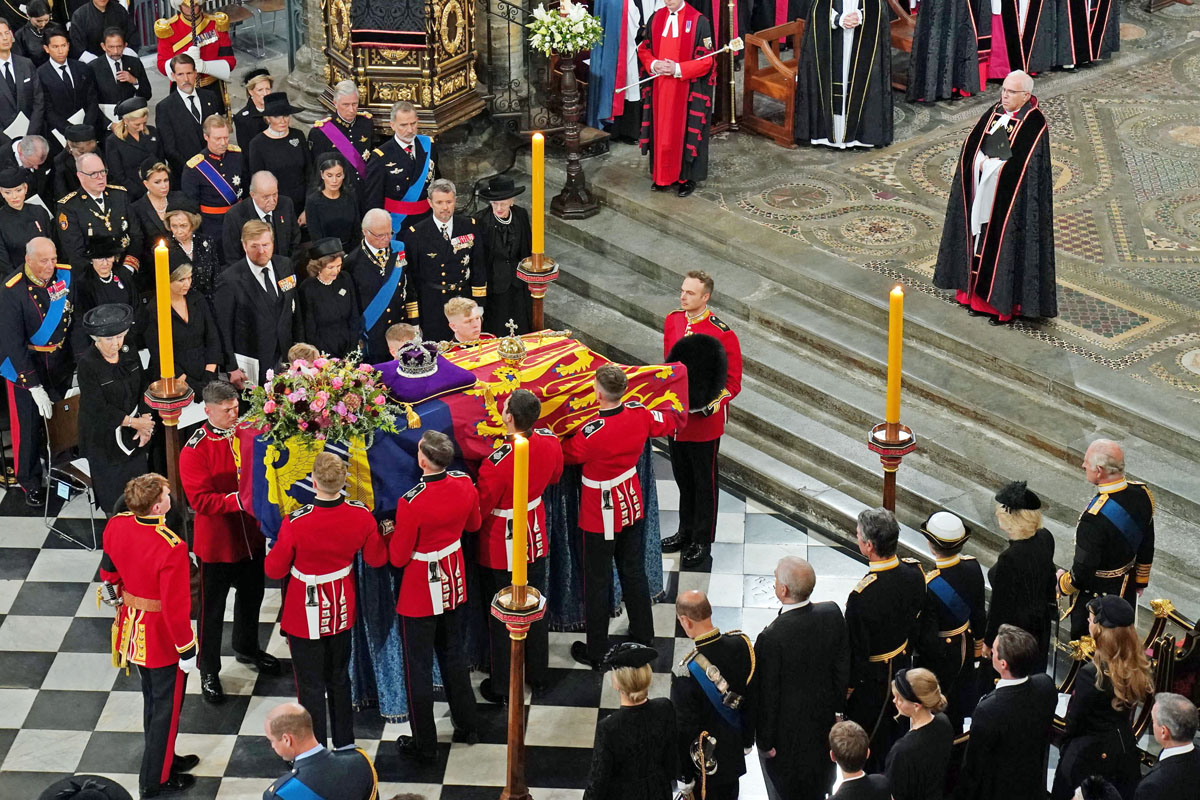HM The Queen marks Warrior centenary
Saturday, 7th November 2020

Her Majesty The Queen visited Westminster Abbey on Wednesday 4th November 2020 to commemorate the centenary of the burial of the Unknown Warrior.
The Queen was welcomed by the Dean of Westminster, the Very Reverend Dr David Hoyle, who escorted her to the grave of the Warrior at the west end of the nave.
The Sovereign’s equerry, Lieutenant Colonel Nana Kofi Twumasi-Ankrah of the Household Cavalry, laid a bouquet on the grave on her behalf. The flowers were based on Her Majesty’s wedding bouquet and contained orchids bound together with greenery and traditional myrtle. After her wedding at the Abbey on 20th November 1947, The Queen left the bouquet on the Warrior’s gave.
The tradition of royal brides sending their bouquets to rest on the Warrior's grave was started by HM Queen Elizabeth, the Queen Mother, at her marriage to King George VI in 1923. On her way into the Abbey, she paused to lay her flowers in memory of her brother Fergus who was killed in 1915 at the Battle of Loos during the First World War.
After prayers said by the Dean, The Queen’s Piper, Pipe Major Richard Grisdale of the Royal Regiment of Scotland, played the lament Flowers of the Forest.
The Abbey organ was played before and after The Queen’s visit by James O’Donnell, Organist and Master of the Choristers.










